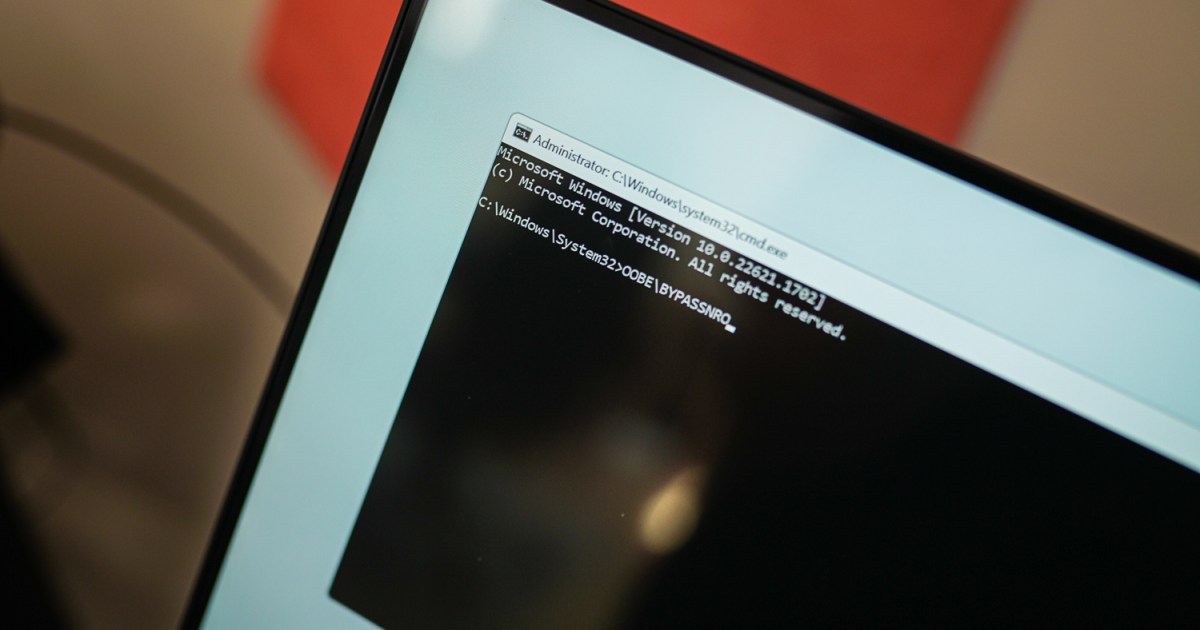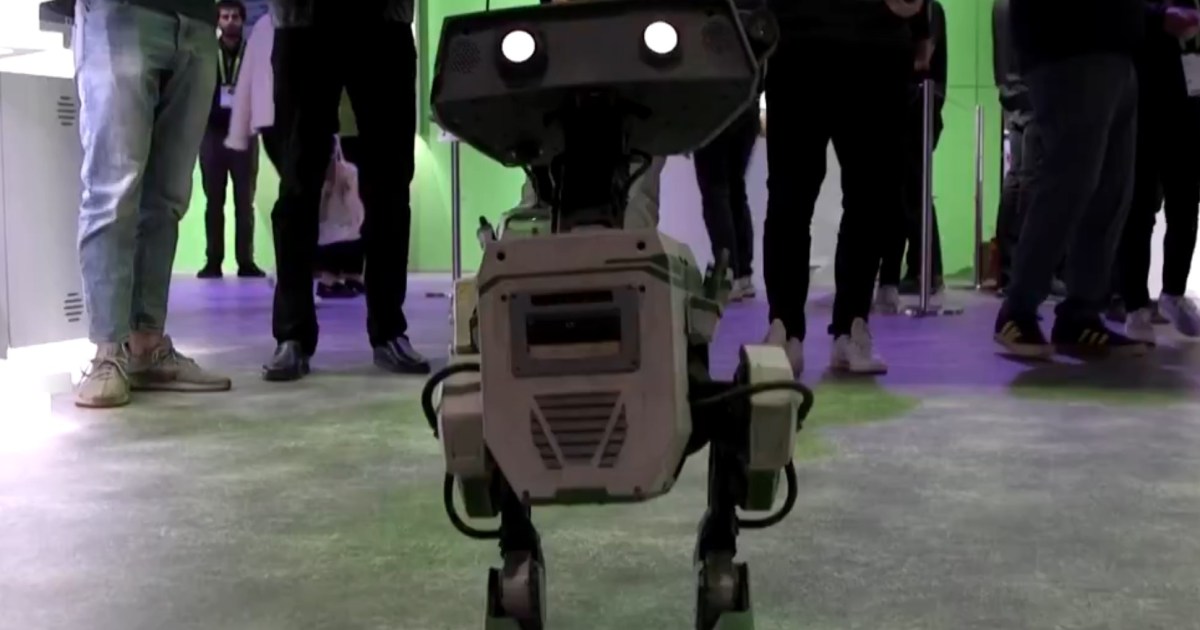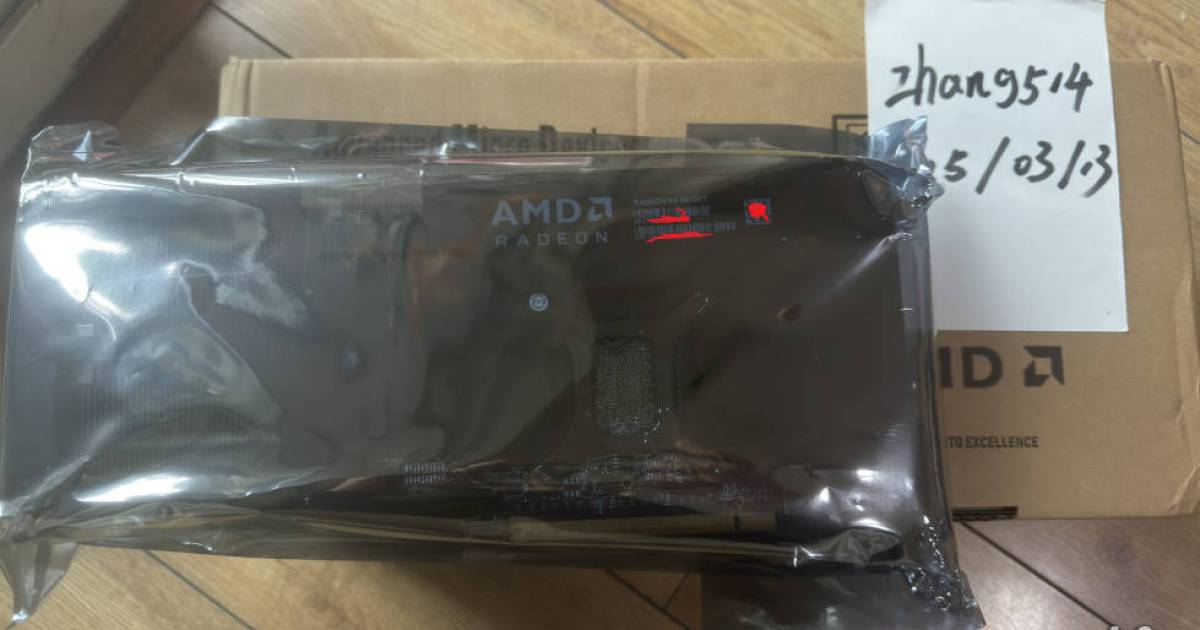The gaming industry is constantly evolving, and so is the technology behind game development. Razer’s latest innovation, the AI QA Copilot, promises to revolutionize quality assurance (QA) testing by leveraging the power of artificial intelligence. This AI-powered tool aims to accelerate the bug detection and reporting process, ultimately leading to faster game releases and improved player experiences. Bugs are an inevitable part of game development, and QA teams play a crucial role in identifying and documenting these issues. Traditionally, this process involves meticulous reporting, including detailed descriptions, screenshots, recordings, and environmental context.
Automating Bug Detection and Reporting
The AI QA Copilot is designed to automate the tedious aspects of bug reporting. As testers navigate the game, the tool monitors for bugs, crashes, and performance hiccups, automatically generating comprehensive reports. These reports encompass all the essential details, from screenshots and recordings to potential reproduction steps, freeing up QA testers to focus on uncovering more issues. Imagine a tester encountering a graphical glitch. Instead of pausing gameplay to meticulously document the bug, the AI QA Copilot captures the necessary information in the background, allowing the tester to continue playing and identifying further problems.
Enhancing QA Efficiency
The AI’s ability to track and document bugs in real-time significantly streamlines the QA workflow. Testers can then augment these auto-generated reports with their own observations and insights, enriching the level of detail without sacrificing speed. This collaborative approach maximizes efficiency, enabling QA teams to cover more ground and identify a greater number of bugs in less time. This faster QA cycle can ultimately contribute to shorter development timelines, allowing studios to release games sooner.
The Human-AI Partnership
While the AI QA Copilot offers significant advantages, it’s important to remember that it’s a tool designed to assist human testers, not replace them. Like other AI tools, its output should always be reviewed by human experts. AI excels at pattern recognition and prediction, but it lacks the nuanced understanding of a game’s design and intended functionality. This means an AI might occasionally flag issues inaccurately. Consider a complex gameplay mechanic that the AI misinterprets as a bug. Human oversight ensures that such false positives are identified and disregarded.
A Valuable Addition to the QA Toolkit
Despite the potential for occasional inaccuracies, the time-saving benefits of the AI QA Copilot far outweigh its limitations. Bug reporting is notoriously time-consuming, and even a modest reduction in report generation time per bug can accumulate significant savings across a large project. By streamlining this crucial aspect of QA, Razer’s AI tool has the potential to dramatically impact game development efficiency and quality. Even small time savings per bug report can significantly impact overall project timelines.
The Future of Game QA
Razer’s AI QA Copilot represents a significant step towards a more automated and efficient future for game development. By harnessing the power of AI, studios can streamline their QA processes, leading to higher-quality games, faster release cycles, and ultimately, more satisfying experiences for players. The AI QA Copilot demonstrates how AI can augment human capabilities and contribute to a more robust and streamlined development process. This innovative approach promises to enhance the future of game development.










